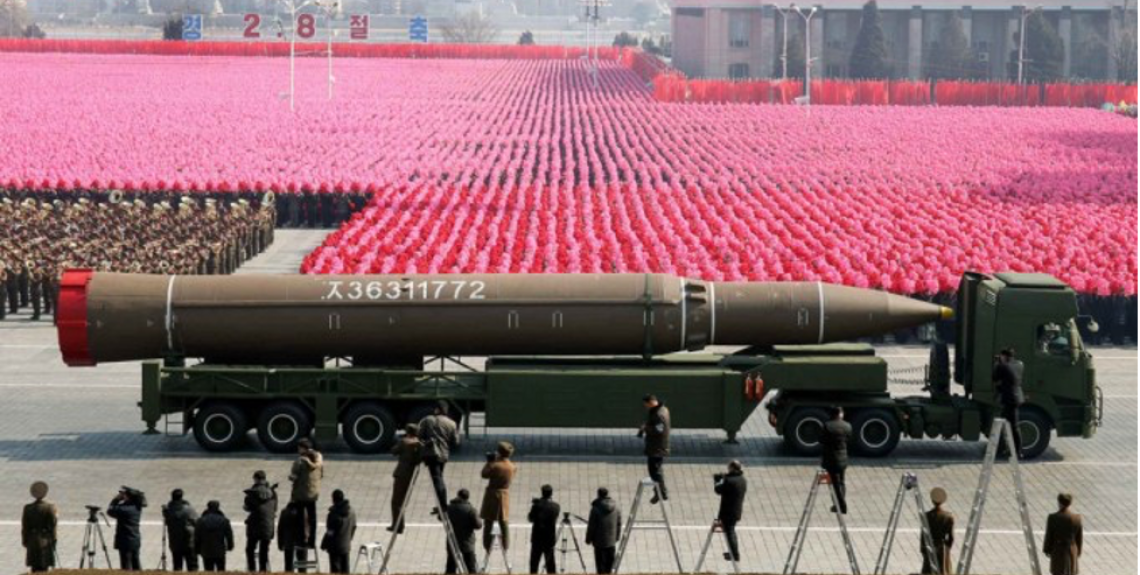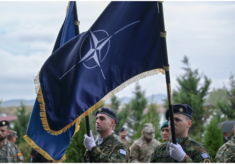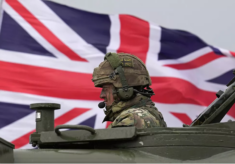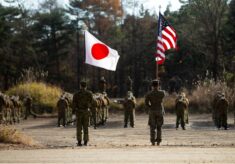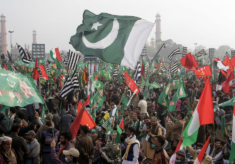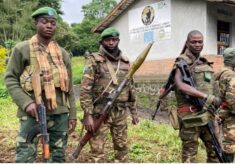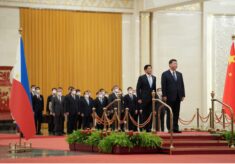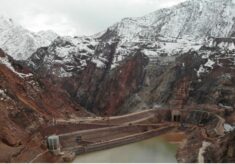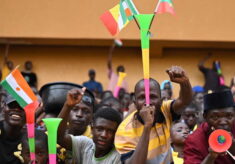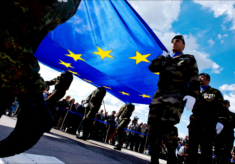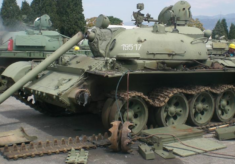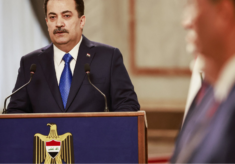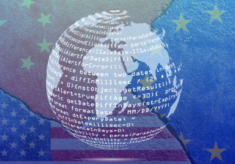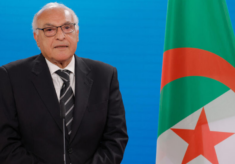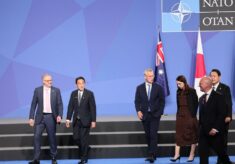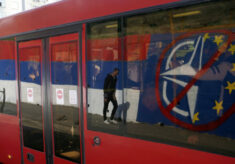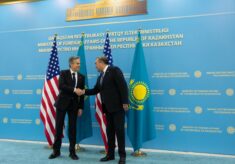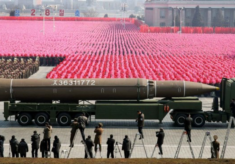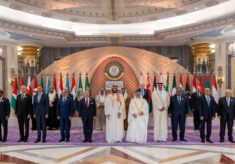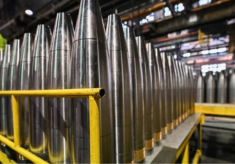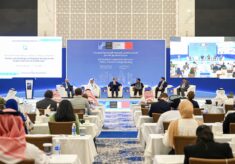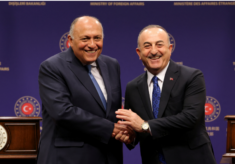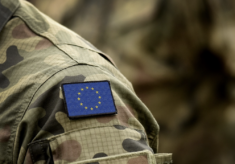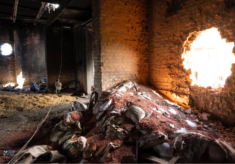Last April, on the occasion of the 70th anniversary of the 1953 Mutual Defense Treaty between the United States and the Republic of Korea (ROK), the presidents of the two countries signed a declaration in which South Korea reaffirmed its commitment not to acquire nuclear weapons and the US confirmed its protective umbrella in defence of Seoul. Both these commitments had already been taken previously and the nuclear issue is no stranger to the Korean Peninsula.
The risk of a nuclear confrontation has been constant since the Korean war when General Mac Arthur allegedly suggested the use of nuclear weapons as China stepped into the conflict. It is believed that 1958 was the year in which the U.S. decided to secretly deploy nuclear weapons on South Korean soil to compensate a perceived military inferiority vis a vis its joint Soviet, Chinese and DPRK (Democratic Popular Republic of Kora) adversaries.
Those weapons were unilaterally withdrawn in 1991 after the collapse of the Soviet Union. One year later the two Korean states signed a joint Declaration on the “Denuclearization of the Korean Peninsula” which called on the two states “not to test, manufacture, produce, receive, possess, store, deploy or use nuclear weapons”. Nuclear energy and nuclear weapons were also part and parcel of the significant attempts to achieve a rapprochement between the two Koreas which took place in the early 2000s and more recently under the leadership of the former progressive South Korean President, Moon Jae in.
A major game changer was North Korea’s explosion of a nuclear device in 2006, a blatant unilateral violation of the 1992 declaration. Since then, the North has been developing a nuclear and missile arsenal allegedly capable of reaching US territory [whose operational capabilities have still to be confirmed Ed.]. Such a disturbing development was no impediment to the surprising reconciliation attempt between the US and the DPRK which took place under the Trump administration. The fiasco of this dialogue, caused by a divergent interpretation of the “denuclearization” concept, also wrecked the promising rapprochement between the two Koreas led by president Moon.
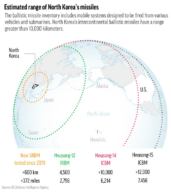
From then on inter-Korean relations have not ceased to deteriorate. After the conclusion of president Moon’s mandate, the conservative Yoon Suk-yeol abandoned his predecessor’s openness towards the North as well as efforts to balance Seoul’s relations between China and the US.
It is remarkable that, despite their general strong interest in preventing nuclear proliferation, Russia and China have not been able or willing to prevent and effectively oppose DPRK’s acquisition of nuclear weapons. This attitude has had destabilizing effects at a regional and global level and has even led some conservative circles in the present governing majority in South Korea to envisage the possibility for Seoul to acquire nuclear weapons.
Chinas and Russia’s forgiveness vis-à-vis DPRK’s nuclear adventure is strikingly in contrast with the United States’ rigorous opposition to any attempt by its South Korean ally to consider possessing or producing nuclear weapons. Washington has always subordinated any collaboration in the nuclear and missile fields with Seoul to limitations and controls often more stringent than those set by international standards. It has maintained such a drastic position despite the DPRK’s nuclear explosions and missile testing and its alleged recent weapons supplies in support of Russian aggression of Ukraine.
In view of the recent domestic voices calling for the acquisition of nuclear weapons, the ROK recent declaration to renounce nuclear weapons constitutes one of the most significant provisions of the recent US/South Korea declaration.
For its part the US will provide South Korea with enhanced security guarantees through the creation of an “Extended Deterrence Strategy” and of a bilateral Consultation Group “to better prepare the alliance to defend against potential attacks and nuclear use”.
In essence these are bilateral mechanisms to include a nuclear dimension in the combined military planning and exercises not dissimilar to the consultations with allies within NATO:
NO to the possession of nuclear weapons by Seoul,
YES to the establishment of visible bilateral mechanisms to respond to a nuclear attack. The visit to the South of a US nuclear submarine carrying ballistic missiles was announced by the two presidents. No mention in the text of a possible nuclear stationing on South Korean soil.
The extended deterrence and the new nuclear consultations are being adopted in response to the heightened general tension in the Indo/Pacific area with particular reference to the alarming risks caused by the DPRK’s growing nuclear and missile arsenals. These measures are also seen in the optic of a possible diplomatic bargain. Indeed, the two leaders concluded their declaration with a message of hope indicating that they “remain steadfast in their pursuit of dialogue and diplomacy with the DPRK” which would lead to the “complete denuclearization of the Korean Peninsula”, a goal which over the past three decades has remained a distant mirage.
Carlo Trezza
Carlo Trezza was Italy’s ambassador for Disarmament in Geneva and chaired the Conference on Disarmament, the UN Secretary General’s Advisory Board on Disarmament Affairs and the Missile Technology Control Regime. He is a member of the NDCF Board of Directors.

